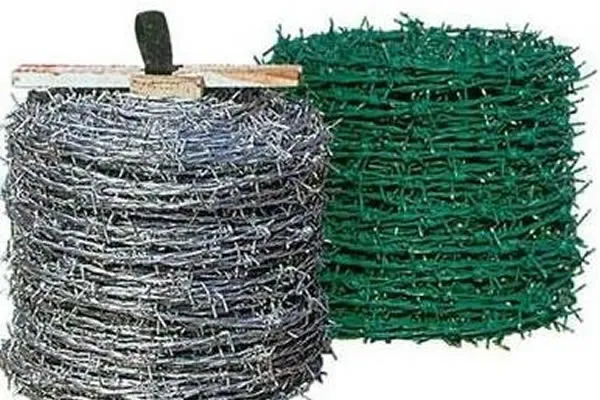 TEL:
+86-13102802206
TEL:
+86-13102802206
 Email:
fencenetting@china.com
Email:
fencenetting@china.com
 Language
Language
 TEL:
+86-13102802206
TEL:
+86-13102802206
 Email:
fencenetting@china.com
Email:
fencenetting@china.com
 Language
Language


The Short Gabion Wall A Sustainable Solution for Landscaping and Erosion Control
In recent years, the popularity of sustainable construction methods has surged, and among these, short gabion walls have emerged as a versatile and eco-friendly option for various applications. Gabion walls, which are made of wire mesh cages filled with rocks, stones, or other durable materials, serve multiple purposes, ranging from landscaping features to effective erosion control measures.
What is a Gabion Wall?
A gabion wall is essentially a series of interconnected wire cages or baskets, typically made of galvanized steel or PVC-coated steel, filled with locally sourced materials such as stones, gravel, or recycled concrete. Short gabion walls are generally around one to three feet high, making them an accessible solution for a variety of landscaping and civil engineering projects. Their construction processes are straightforward, often requiring minimal labor and supporting tools, making them a cost-effective choice for homeowners and contractors alike.
Benefits of Short Gabion Walls
1. Erosion Control One of the primary benefits of short gabion walls is their ability to control soil erosion effectively. By creating a physical barrier, these walls help retain soil on sloped landscapes, preventing sediment from washing away during heavy rains. This is particularly important in areas prone to flooding or soil instability.
2. Aesthetic Appeal Short gabion walls can add significant aesthetic value to outdoor spaces. With various fill options—like natural stones, colored gravel, and even recycled materials—these walls can be integrated seamlessly into gardens, parks, and residential yards. They can be designed in different shapes, sizes, and orientations to fit the unique landscape of any property or public space.

3. Sustainability A notable advantage of gabion walls is their environmentally friendly nature. Using local stone or recycled materials minimizes transportation costs and carbon emissions, making gabion walls a sustainable alternative to traditional concrete structures. Additionally, the gaps in the wire mesh allow for vegetation growth, promoting biodiversity and enhancing the natural environment.
4. Cost-Effectiveness Short gabion walls often require less time and labor to install compared to traditional stone or concrete walls. Their durability means they can last for many years with minimal maintenance, making them a cost-effective solution over time.
5. Flexibility in Design Gabion walls can be easily customized to meet specific design needs and preferences. They can be stacked to create varying heights or combined with other landscaping elements such as retaining walls, pathways, or garden beds. This flexibility makes them suitable for numerous projects, from rural land enhancement to urban landscaping.
Installation and Maintenance
Installing a short gabion wall typically involves site preparation, where the ground is leveled, and a foundation may be laid, depending on the project's scale. The gabion baskets are then assembled on-site, filled with chosen materials, and stacked securely. Maintenance requirements are minimal, primarily involving periodic checks for structural integrity and ensuring that the fill material remains secure.
Conclusion
In conclusion, short gabion walls present numerous benefits that make them an attractive option for landscaping and erosion control. Their combination of functionality, aesthetic appeal, sustainability, and cost-effectiveness positions them as an ideal solution for homeowners and landscape architects alike. Whether used to combat erosion, create beautiful garden features, or enhance any outdoor space, short gabion walls exemplify the promise of modern, sustainable construction techniques. As the demand for environmentally friendly building solutions continues to grow, gabion walls are likely to remain a popular choice well into the future.